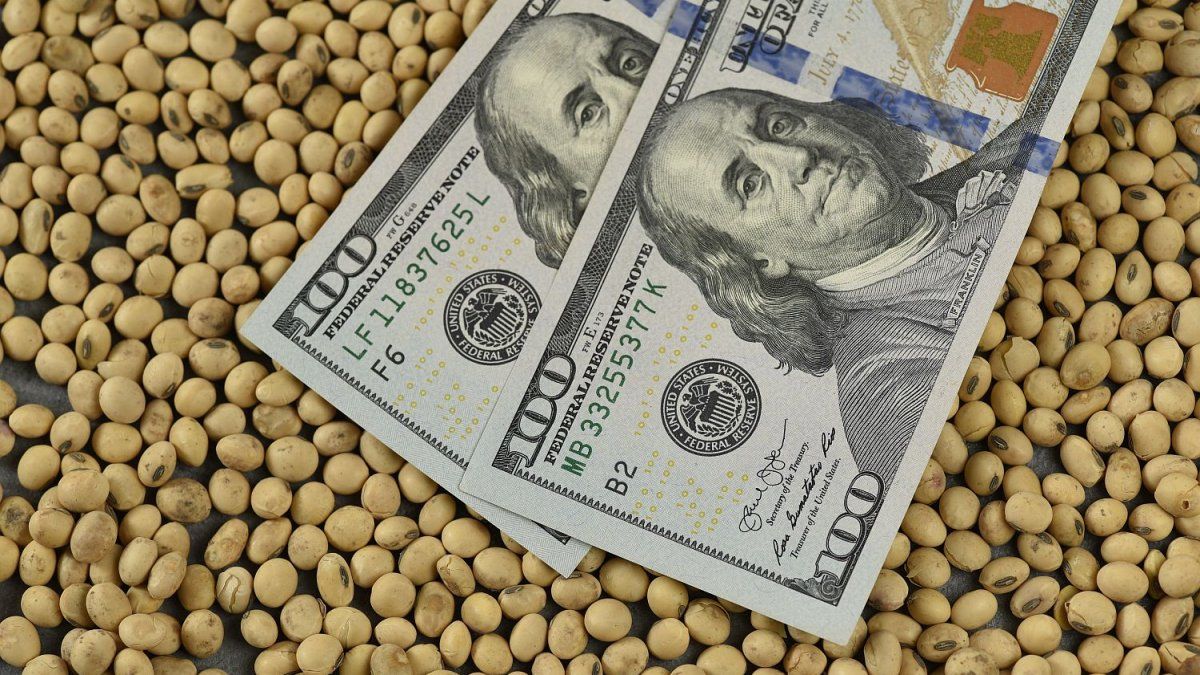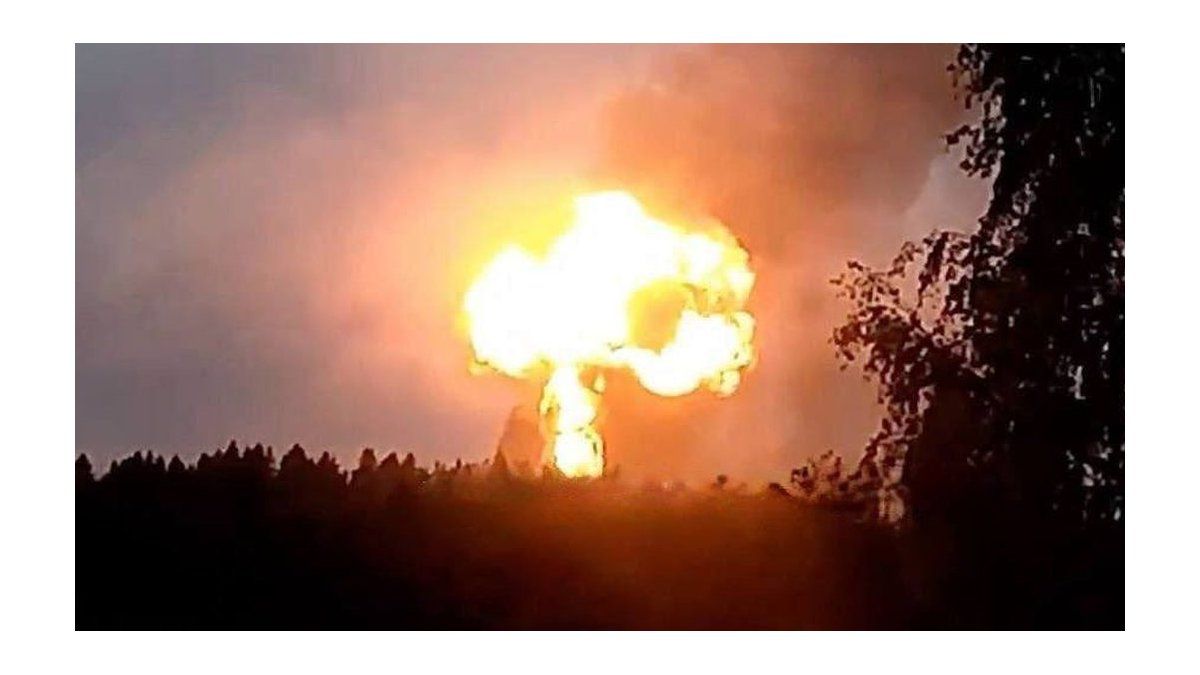After a volume of soybean exports in 2023 that the Rosario Stock Exchange (BCR) itself registered as the lowest in the last twenty yearsthe entity indicates losses of batches in second-grade soybeans and a drop of the potential in soybeans up to 50%after the last week of extreme temperatures.
The soybean complex is waiting for the rain. And they are waiting for her precisely: it has to rain more than 20 mm. Although the entity’s technical team points out that “it is difficult to estimate the losses that the heat wave could have caused,” they are already calculating what percentage will be ruled out. Yeah “it rains well” during this week, it could be between a 20% to 30% average with respect to first class soybeans. But be careful: in more restrictive environments, The loss could reach 50% “easily”.
“We were doing very well, If it rains between tomorrow and Saturday I don’t see it as serious. We will see,” indicates a source, in dialogue with this medium. However, the report warns that losses “increase day by day.” The front from the previous weekend left a few millimeters with temperatures around 20°C in a few hoursbut the forecast was interrupted by the heat wave.
The previous week marked a pressing degree of sunshine: the equivalent of 13 hours of sunshine a day was recorded. For the 10 million hectares of the core region it meant an approximate loss of water in the soil of 8 millimeters per day. Although widespread rain is expected especially between Thursday and Friday, temperatures previously could “reach values similar to the maximum recorded”.
In conclusion, Guido D’angelo, BCR analyst, awaits the fine harvest numbers to “adjust the level of exports.” However, he anticipates that they come with “special concern” the downward trend that soy complex prices have taken in recent months. A report will be published on Friday with the main factors that cut Argentine export prices.
A complex scenario after the poor harvest of 2023
The scenario develops after a year that saw an abrupt drop in the level of exports within the soybean complex. While 2022 recorded “top exporters“, the other side was 2023, with a drop of 25% compared to the previous year (US$66,701 million).
Specifically, agroindustrial chains generated exports of US$36,642 million in 2023, a decrease of 36% compared to the same period in 2022. Likewise, the greatest “nominal and absolute” declines were observed in the three main grain chains in the country. : soybeans, corn and wheat. The biggest concern is the soybean complex: 1 in every 4 hectares planted with soybeans could not be harvested.
The consequences of the poor performance extended to the complex of soybean products. According to CIARA’s latest agroindustrial monitor, the oil industry is going through the worst moment in the last decade: accumulated grinding totaled 27,120 million tonsthe lowest volume in thirteen years.
Producers demand greater certainty after the 80%-20% settlement model
In turn, the entity led by Gustavo Idígoras registered a sharp drop in sales of forward wheat and fixings, due to “the lack of certainty that the 80%-20% export increase program generated in the market”.
Along these lines, a source from the agro-export complex explained that farmer selling in both corn, soybeans and wheat “is one of the lowest in history” due to three variables: bad international prices, expectation of a new devaluation or removal of withholdings. , and the “discredit and lack of trust” generated by the fact that producers “do not see the 80-20 complement in their contracts.”
For this reason, a source explains to this newspaper, producers are holding back on sales. At the same time, they record that the prices received in pesos “are not what should reach them, although this factor may be more emotional.”
In any case, the sector expects the current economic management to restore the confidence “that was lost with the export increase plan”, extended five times, where “the rules of the game were permanently changed”, as they understand.
Source: Ambito




